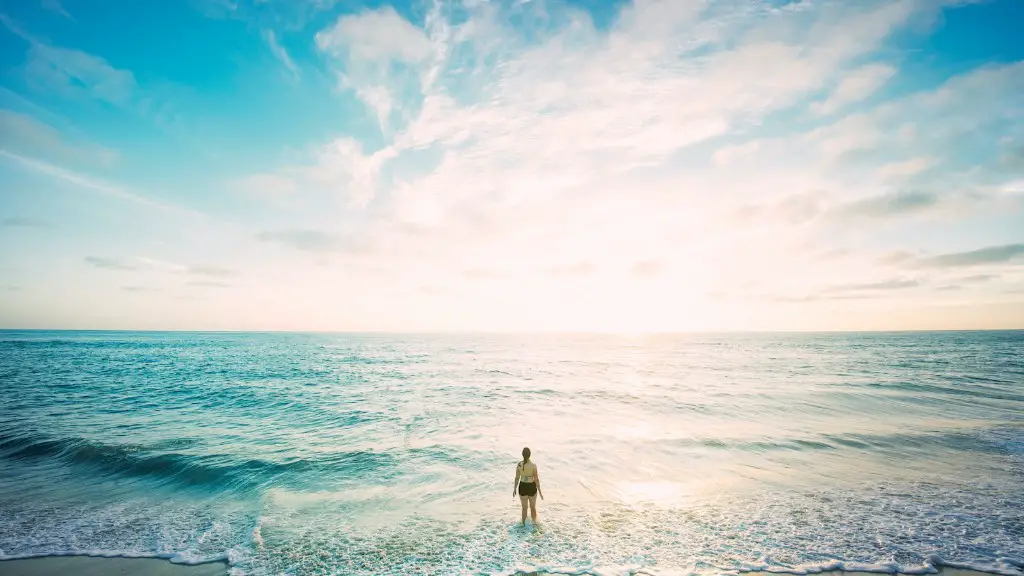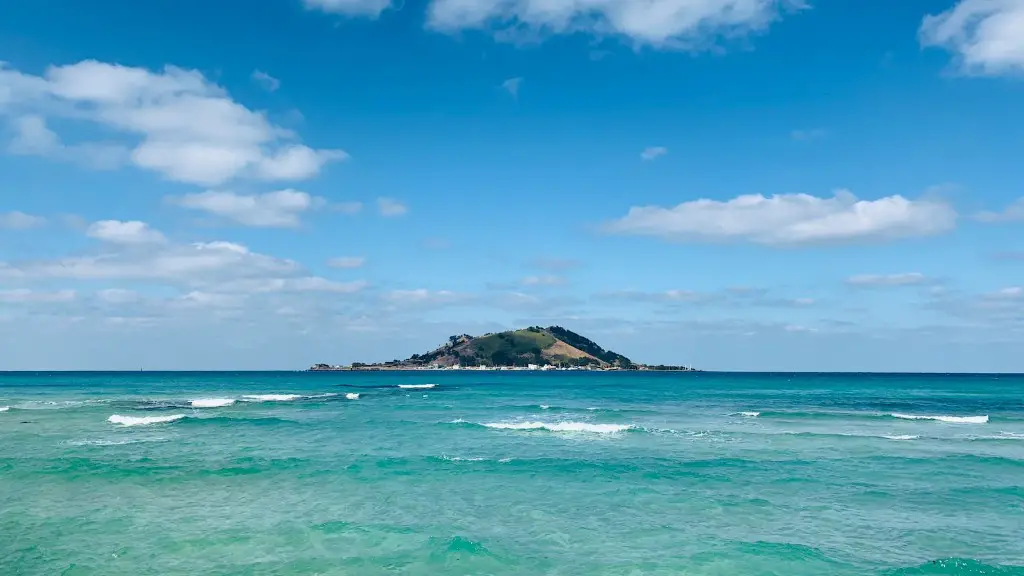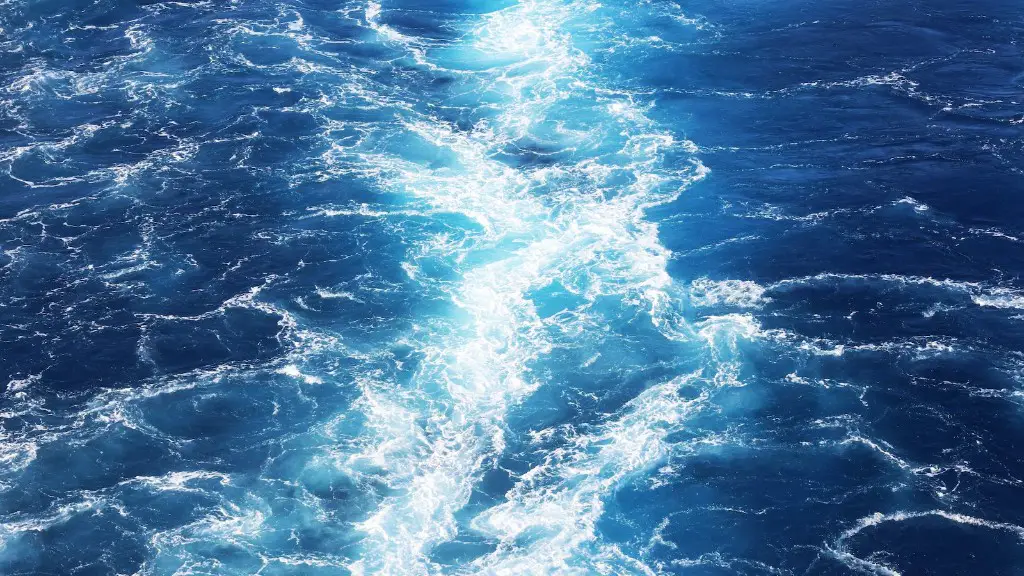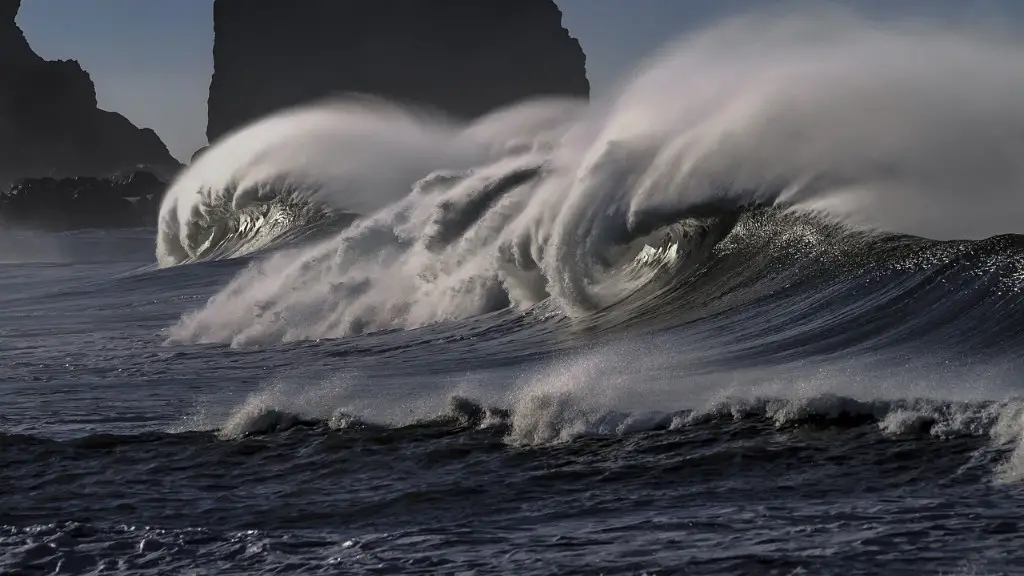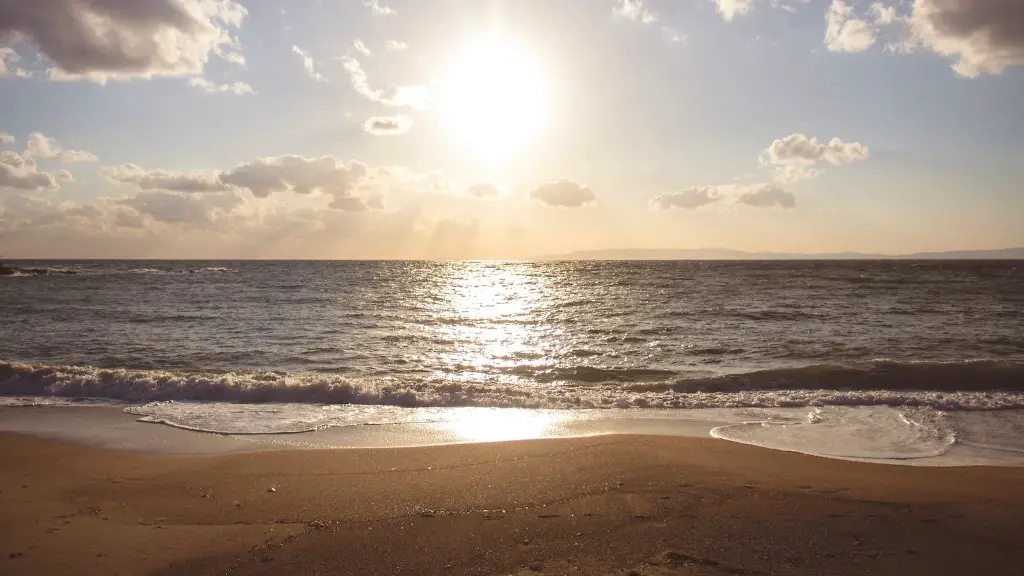Located in the Atlantic, the Caribbean Sea is known for its crystal clear waters, fragrant islands, and picturesque shorelines. But what many people don’t realize is that this region is also a hot spot for hurricane activity. Hurricanes are powerful storm systems that form along tropical and subtropical areas of the world. The Caribbean Sea lies within the so-called “Hurricane Belt,” and some of the most destructive storms over the last century have had connections to this region.
The Caribbean sees hurricanes form almost annually, often with devastating consequences. In 2020, for example, the region was hit by Hurricanes Laura, Eta, and Iota in the span of just a few months. These storms caused extensive damage to the countries they passed through and thousands of people were affected. Although tropical storms of this kind can be avoided to a certain degree, every year the countries within the Caribbean are braced for the possibility of being hit.
How do hurricanes form in the Caribbean Sea? To begin with, the Caribbean is one of the warmest sea regions in the world, thanks to its location near the tropics. This means that its waters can reach a surface temperature of 84°F or higher. Once these environmental conditions are in place, a hurricane can form if a cluster of thunderstorms generate enough energy to create a cyclonic circulation. This combination of high temperatures and strong winds is used by hurricanes to draw more moisture and increase in strength.
Another factor in the formation of hurricanes in the Caribbean Sea is the presence of prevailing westerly winds. These winds act as a “lid”, confining the storm in the region and keeping it moving in the same direction. This quality of the prevailing winds makes the Caribbean Sea more prone to hurricanes than other regions of the world, such as the Atlantic Ocean.
The Caribbean Sea is a hot spot for hurricanes because the warm, moist air that is forced up by trade winds provides the atmosphere with the necessary “building blocks” for the storm to form. The combination of these two qualities makes it an ideal environment for tropical cyclones. Although hurricanes occur in other parts of the world, the Caribbean Sea is known to experience the most intense and destructive versions due to its unique geography.
Experts have noted that climate change has caused an increase in the intensity of hurricanes in recent years. Warmer sea temperatures mean that hurricanes can form larger and more powerful than before, thus creating more destruction. Additionally, these storms can move more quickly due to increased wind intensity, meaning that people have less time to prepare for them.
Despite the unpredictability of hurricanes, there are some ways that those living in or visiting the Caribbean Sea can stay safe. According to hurricane experts, the most important thing is to be prepared for the worst. This means that people should stock up on supplies, prepare a plan for evacuation, and always keep up to date with the latest forecasts and weather conditions. By following these tips, anyone in the Caribbean Sea can be better prepared for when a hurricane strikes.
Impact on Small Islands
The Caribbean Sea is made up of many small island nations with fragile ecosystems. Due to the location of many of these islands, they are top targets for hurricanes and the impact of a storm can be catastrophic. Small islands often have weak infrastructure, making them more vulnerable to the ravages of a hurricane. In addition, they also often lack the resources and funds to rebuild after a storm hits. These factors have created a difficult situation in many islands in the Caribbean Sea, where the risk of a hurricane is always looming.
In many small island countries in the region, the governments have had to look for foreign aid or invest in preventative measures to mitigate the damage done by hurricanes. This has included bolstering infrastructure and investing in natural systems such as mangroves and coral reefs. These measures help to limit the intensity of the storm, thereby providing some much-needed relief to these nations.
Unfortunately, hurricanes in the Caribbean Sea also often result in displacement of people from their homes. In 2020, for example, Hurricanes Laura and Eta displaced over 370,000 people. This means that many people were suddenly forced to leave their homes and relocate to other islands or, in some cases, other countries. This has put a strain on resources and services, as these governments and organizations have had to look after the displaced population.
In recent years, research has also been conducted on the potential of using drones to monitor hurricanes in the Caribbean Sea. By using these devices, meteorologists and other experts can gain more insight into the behavior and the progress of these storms. This can provide better and more timely warnings for those in the projected path of the hurricane, giving much-needed time for them to prepare for evacuation.
What Can We Do?
In recent years, there has been an increasing awareness of the threat of climate change and the risks posed by hurricanes in the Caribbean Sea. This has prompted a number of initiatives and campaigns aimed at reducing the impact of these storms, such as educating people on the importance of having a preparedness plan, using renewable energy sources, and protecting coastlines and other areas prone to flooding.
In addition, governments and organizations have been working together to implement more sustainable development and climate change mitigation strategies. These include reducing emissions, protecting natural ecosystems, and investing in storm-resistant buildings and infrastructure. These initiatives can help to reduce the destructive power of hurricanes and make the Caribbean Sea a safer place for those living and visiting.
On an individual level, people can also contribute by being more conscious of their actions and how they might be affecting the climate. This means making sustainable decisions and taking action to reduce their carbon footprints. Additionally, people can also become involved in campaigns and initiatives that are working to reduce the effects of climate change, such as supporting those affected by hurricanes and volunteering in clean-up efforts.
Economic Impact
Hurricanes have an extensive economic impact on the Caribbean Sea region, especially on those countries most often touched by storm systems. The immediate effects of a hurricane include extensive damage to buildings, infrastructure, and agricultural land. This damage is expensive to repair and can take months, if not years, to restore. This has led to decreased tourism, which is an important source of income for many countries in the region.
In the long term, a hurricane can also cause an economic recession in the affected countries. This is especially true in smaller island nations, where the storm damage can be far-reaching and long-lasting. This has serious implications on the economic situation of these countries, as well as increasing levels of poverty and inequality within them.
Fortunately, there are some measures that can be taken to reduce the economic impact of hurricanes. Governments and organizations can work together to fund relief efforts, such as providing food and shelter for those affected by the storm. Additionally, communities can be supported in the reconstruction process by providing resources, manpower, and financial aid. These efforts can help reduce the economic toll of a hurricane while also boosting the overall prosperity of the region.
Environmental Impacts
Apart from the physical destruction caused by a hurricane, these storms also have extensive environmental impacts on the Caribbean Sea. Hurricanes can cause massive erosion of shorelines, reducing the land mass of small islands and destroying property. In addition, the strong winds can also uproot trees, destroy crops, and turn the landscape into a barren wasteland.
The effects of a hurricane can also be felt in the ocean, as the storm surge can create a wall of water which can flood coastal areas and increase the salinity of local waters. This can be damaging to coral reefs and other underwater habitats, thus greatly impacting the marine ecosystem.
The environmental damage done by hurricanes is not only limited to the physical destruction. The storm can also result in pollution, as toxic materials can be washed away into the ocean, thus threatening a variety of marine species. Additionally, hurricanes can also result in a loss of biodiversity, as certain species can be wiped out due to their inability to adapt to the new environmental conditions created by the storm.
Conclusion
The Caribbean Sea is a popular vacation spot, but it also serves as a hot spot for hurricanes. Every year, this region experiences some of the most destructive storms due to its unique geography. While tropical storms can’t be entirely avoided, there are some ways that people living in the Caribbean Sea can stay safe. Additionally, the governments and organizations in the area have been working to reduce the impact of hurricanes and help restore the region’s environment.
